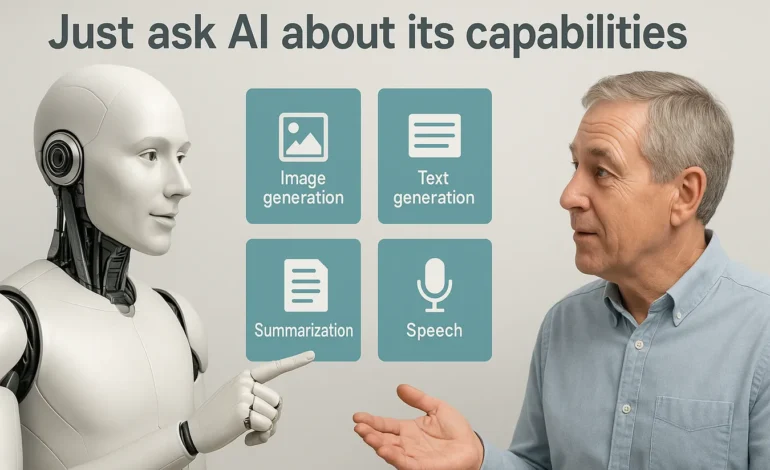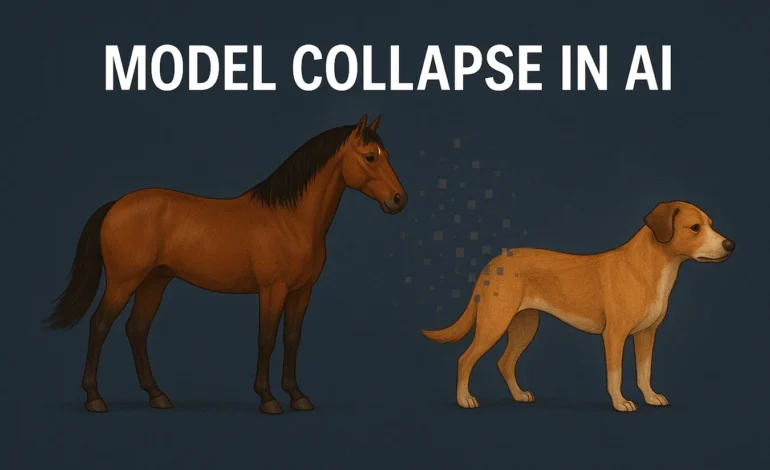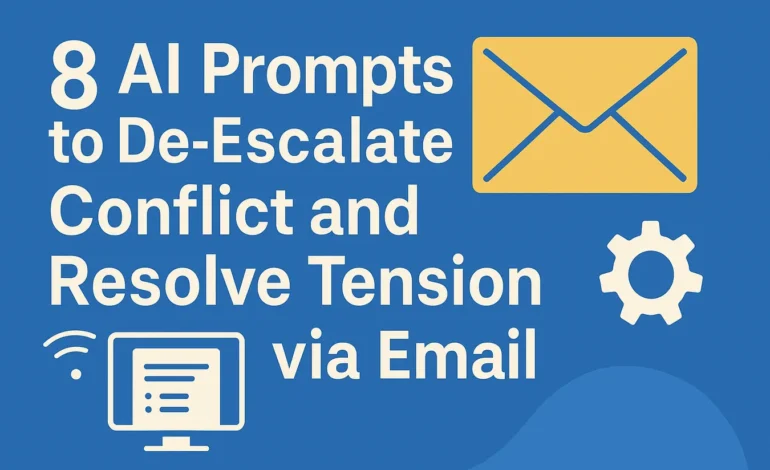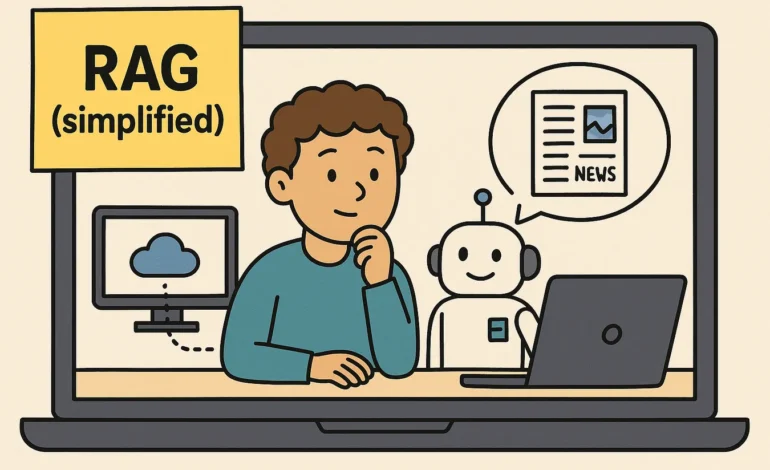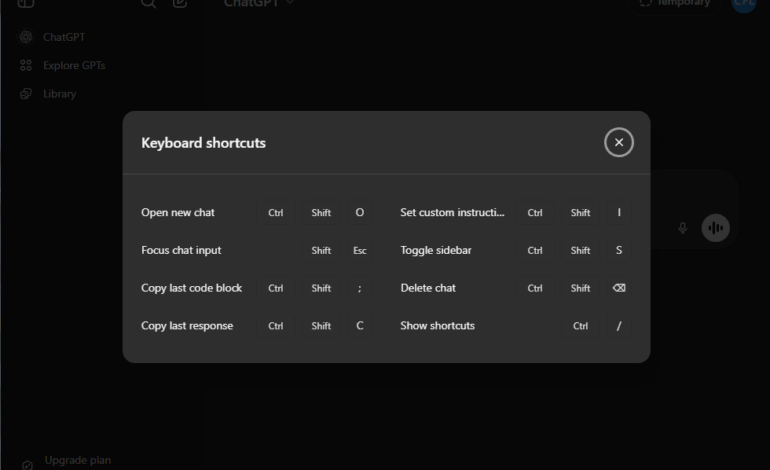
Prompting 101 How to Talk to AI So It Really Gets You
Prompting 101 How to Talk to AI So It Really Gets You
Talking to AI sounds simple until the output disappoints you. Vague, stiff, unhelpful, or just plain wrong. The truth is: large language models like ChatGPT, Gemini, or Claude are only as good as the instructions they get. And that’s where prompt engineering comes in.
Prompting isn’t about knowing code. It’s about knowing how to give clear, structured, and purposeful input to shape intelligent output. Done right, a good prompt saves you time, reduces noise, and delivers answers that are useful, not just impressive.
- Core Principle: AI is only as good as the prompt. Specificity beats brevity every time.
- The “Intern” Rule: Treat the AI like a smart, literal intern. Tell it what you want, how, and why.
- Key Elements: The best prompts include a Role, a Task, a Target Audience, and Constraints.
- Output: Prompting can generate structured output like tables or JSON, not just text.
The Intern Rule: Specificity Over Brevity
Think of AI like a smart intern: it’s fast, flexible, and eager to help, but it only understands what you actually say, not what you meant. Prompting is the bridge between your expertise and the model’s capabilities.
A prompt is the text you enter into an AI system to guide its response. It can be a question, a command, a roleplay scenario, or a full task brief. The clearer the prompt, the better the result.
The most common mistake? Asking too little. Many users type something vague like “Write an article” or “Help me with this task.” That’s like asking a stranger to “do your job for you.” You’ll get something, but not what you wanted.
⚠️ Poor Prompt:
“Write a blog post about AI.”
✅ Better Prompt: Blog Post
Write a 600 word blog post about how small businesses can use AI for customer service. Keep the tone friendly and clear. Include 3 bullet point examples and a short summary at the end.
Proven Patterns for Better Output
Good prompting isn’t about clever tricks. It’s about clarity, structure, and intention. The more specific your instruction, the more aligned the result. Great prompts tell the AI not just what to say, but also how, why, and for whom.
There’s no single way to write a good prompt, but there are proven patterns. Over time, AI users have developed structures that reliably produce better results. These include Instructional Prompts (“Explain the concept of inflation in simple terms”), Role Based Prompts (“You are a legal advisor. Draft a response to…”), Few Shot Prompts (where you provide examples like “Here are 2 customer complaints and responses. Now write one for this…”), and Step by Step Prompts (“Break this down into three clear steps with explanations.”).
Bonus tip: Use constraints! When you say what not to do (“Avoid sounding formal”, “Don’t use technical jargon”), the result often fits much better.
Scenario: Interview Preparation
Act as a hiring manager. Ask me 3 behavioral interview questions for a project manager role. Then evaluate my answers based on clarity and structure.
Structure, Audience, and Iteration
Garbage in, garbage out. This old tech saying applies perfectly to prompting. If your input is vague, unstructured, or incomplete, your output will likely be disappointing, even from the smartest AI. That’s not a flaw in the model. It’s a missed opportunity in the prompt.
Here are a few more proven ways to upgrade your prompts: Ask for structure (“List 5 points and explain each in 1 to 2 sentences”), Request comparison (“Compare ChatGPT and Claude in table format with pros and cons”), Add a real example (“Explain bias in AI using facial recognition as the use case”), Set a tone (“Keep the tone humorous but informative, like a blog by a tech savvy friend”), and Define the audience (“Write for marketing managers who are new to AI tools”).
These are not tricks. They’re clarity tools. The more precisely you describe what you want, the less editing you’ll need later. Prompting is not magic. It’s briefing. And like any briefing, it pays to be specific.
Scenario: Structured Output (JSON)
Summarize the following text in JSON format with the fields: {“topic”: “”, “audience”: “”, “tone”: “”, “keyPoints”: []}
This type of structured prompting is especially useful if you want to reuse AI output for automation, categorization, or team collaboration. It turns one time responses into repeatable systems.
One last principle: Don’t expect the perfect answer in one shot. The best prompts are often 80% right on the first try. Then you iterate. Prompting is not magic. It’s a conversation. Try different angles. Switch tone. Adjust the scope. The system is smart, but you still steer.
The clearer you formulate, the more time you save. A good prompt can save you hours of revision. Not because you think less, but because you steer what comes out better.
Don’t expect AI to read between the lines. If tone, audience, or length matter, say so. The system doesn’t guess. It follows.
FAQ: Prompt Engineering Basics
Q What is prompt engineering?
Prompt engineering is the art of designing specific and structured input (prompts) to guide a large language model (LLM) toward a desired, useful, and accurate output.
Q Does prompting require coding skills?
No. Effective prompting relies on clear human language skills, structure, and logic, not coding. However, advanced users may request output in formats like JSON or XML for technical integration.
Q What is a role based prompt?
A role based prompt instructs the AI to adopt a specific persona (e.g., “Act as a marketing expert” or “You are a university professor”). This focuses the model’s tone, knowledge base, and style for the task.
In a Nutshell: The Power of Clarity
Prompting is how you collaborate with AI. It’s not technical. It’s strategic. The best prompts are clear, purposeful, and structured to guide the system. The more you design your input, the more useful, relevant, and human your output becomes.



